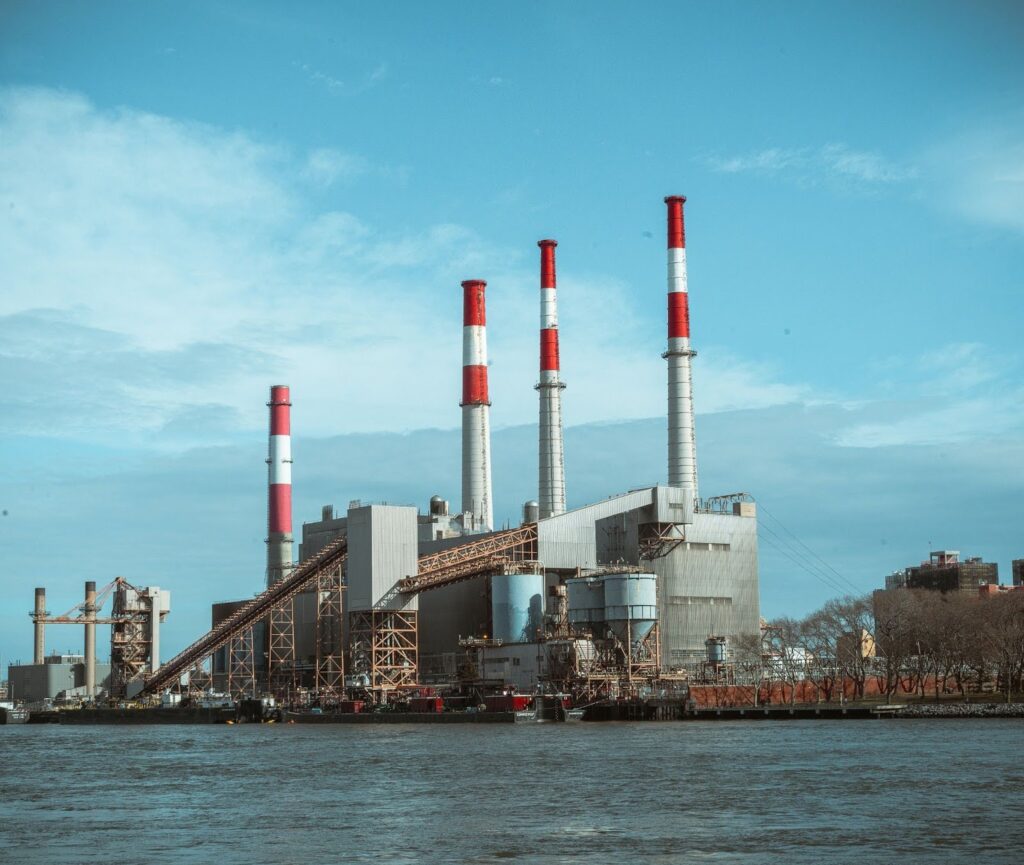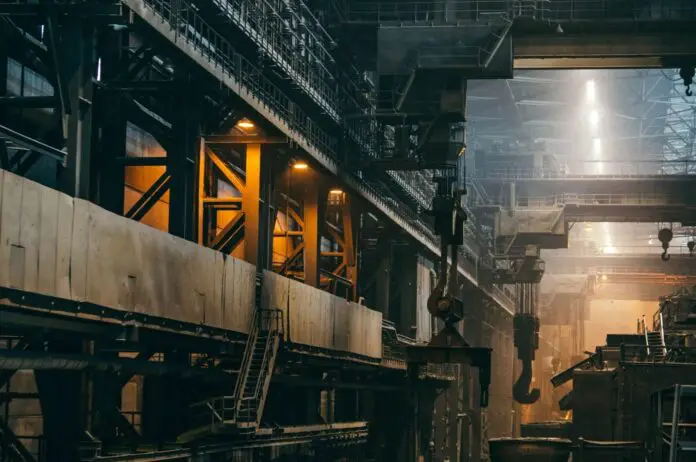The industrial dust collection system design plays a crucial role in maintaining a clean, safe, and efficient work environment in various industries. The article introduces the complexities and nuances of industrial dedusting system design, highlighting its importance in air quality management and operational efficiency.
We will explore the key components that make up these systems, delve into the latest technological advancements, and discuss customization strategies for different industrial needs. Additionally, we will go through the environmental impact and sustainability considerations and underscore the significance of these systems in modern industrial settings.
Designing an industrial dust collection system – key components
Designing an effective industrial dedusting system requires a deep understanding of its key components. Each part is crucial in ensuring the system’s overall functionality and efficiency.
Filtration technology
Central to any industrial dust collection design is the filtration technology. This involves selecting appropriate filters that can efficiently capture and contain various dust particles generated in industrial environments. The choice of filters depends on several factors, including the nature and size of the particulates, as well as the volume of air to be cleaned. Advanced filtration technologies, such as HEPA filters or electrostatic precipitators, are often employed for their high efficiency in trapping even the finest dust particles, ensuring a thorough cleaning process.
Airflow and ventilation mechanics
The airflow and ventilation mechanics are vital in determining the effectiveness of an industrial dedusting system. This includes the design of ductwork, fans, and blowers that transport dust-laden air to the filtration unit. Properly engineered airflow ensures that dust is efficiently captured without overloading the system. The design must also consider the optimal placement of air intakes and exhausts to maintain consistent air quality throughout the industrial space.
Control systems and monitoring
An advanced industrial dust collection design incorporates intelligent control systems and monitoring devices. These systems automate the operation of the dedusting equipment, adjusting the airflow and filtration rate based on real-time dust levels. Sensors and monitors track performance metrics, alerting maintenance teams to any issues or inefficiencies. Such smart controls not only enhance the system’s performance but also contribute to energy efficiency by adjusting operations to match the current needs.
Tech innovations in industrial dedusting systems
The field of industrial dedusting has witnessed many innovations, driven by a growing need for more efficient and environmentally friendly solutions. These advancements are key in revolutionizing how industries manage air quality and dust control.
A significant innovation is the development of smart filtration systems. These systems use advanced sensors and AI algorithms to monitor dust levels and adjust the filtration process in real time. This improves efficiency and extends the lifespan of filter materials by preventing overuse.
Another area of progress is in the energy efficiency of dedusting systems. With increasing advancements, manufacturers are introducing systems that consume less power while maintaining high dust removal efficiency. This is achieved through improved aerodynamic designs of fans and ducts and the use of energy-efficient motors and variable-speed drives.
Additionally, there’s a focus on reducing the environmental impact of dedusting systems. This includes using eco-friendly materials in filter construction and developing systems that can capture and recycle dust for industrial use, minimizing waste.

How significant is the environmental impact?
The environmental impact of industrial dedusting systems is critical in modern manufacturing and production processes. These systems play a substantial role in reducing airborne pollutants, which contributes significantly to environmental protection.
Firstly, by efficiently capturing industrial dust, dedusting systems prevent the release of particulate matter into the atmosphere. This is crucial for reducing air pollution, which can have harmful effects on human health and the ecosystem. Effective dust management also helps comply with stringent environmental regulations, aiming to curb industrial emissions.
The advancement in dedusting technology has led to more energy-efficient systems. It means they require less power to operate, thereby reducing the carbon footprint associated with their use. Energy-efficient industrial dust collection system design contributes to lower greenhouse gas emissions and perfectly works with global efforts to combat climate change.
Conclusion
Industrial dedusting systems are indispensable for maintaining clean and safe working environments in various industries. These systems effectively remove harmful particulate matter and pollutants from the air, ensuring the well-being of workers and compliance with environmental regulations. Implementing reliable dedusting systems is essential to protect people and equipment, whether it’s a manufacturing facility, power plant, or any other industrial setting.
The continuous development of dedusting technology and integrating smart solutions have made these systems more efficient, cost-effective, and environmentally friendly. Industries increasingly recognize the importance of investing in advanced dedusting systems to improve air quality, reduce emissions, and minimize the impact on surrounding communities. As environmental concerns and regulations continue to evolve, industrial dedusting systems will remain a critical component of responsible and sustainable industrial operations (learn more details in this research).


The content Team Writer is one of the writers from our team of content writers. The Business Goals blog is expanding day by day and we need more writers and brand ambassadors for promoting our media website. If you are interested contact your portfolio through the Write for Us page.



















































